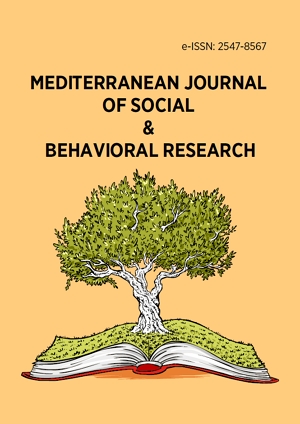Abstract
Following the historical and technological shifts that led to the wide emergence of transformative educational methods, this study offers a developmental perspective to the reality of E-learning. The study further discusses the development of E-learning applications and assess the availability and appropriateness of the educational curriculum and related pedagogical constructs in an Internet networked learning environment. In addition, there is an attempt to address the theoretical foundations of E-learning environments and the educational implications and affordance in the contexts of E-learning. The study, meanwhile, focuses on the effectiveness of E-learning, its advantages and disadvantages and explores how virtual learning is enhanced by merging its principles with the use of new technologies in education, how virtual learning may be improved by integrating educational principles with the use of modern technologies in the classroom, and how modern social practices influence the roles of both instructors and students.
License
This is an open access article distributed under the Creative Commons Attribution License which permits unrestricted use, distribution, and reproduction in any medium, provided the original work is properly cited.
Article Type: Research Article
MEDITERR J SOC BEH RES, Volume 6, Issue 2, June 2022, 61-66
https://doi.org/10.30935/mjosbr/11926
Publication date: 25 Mar 2022
Article Views: 2032
Article Downloads: 1394
Open Access References How to cite this article
 Full Text (PDF)
Full Text (PDF)